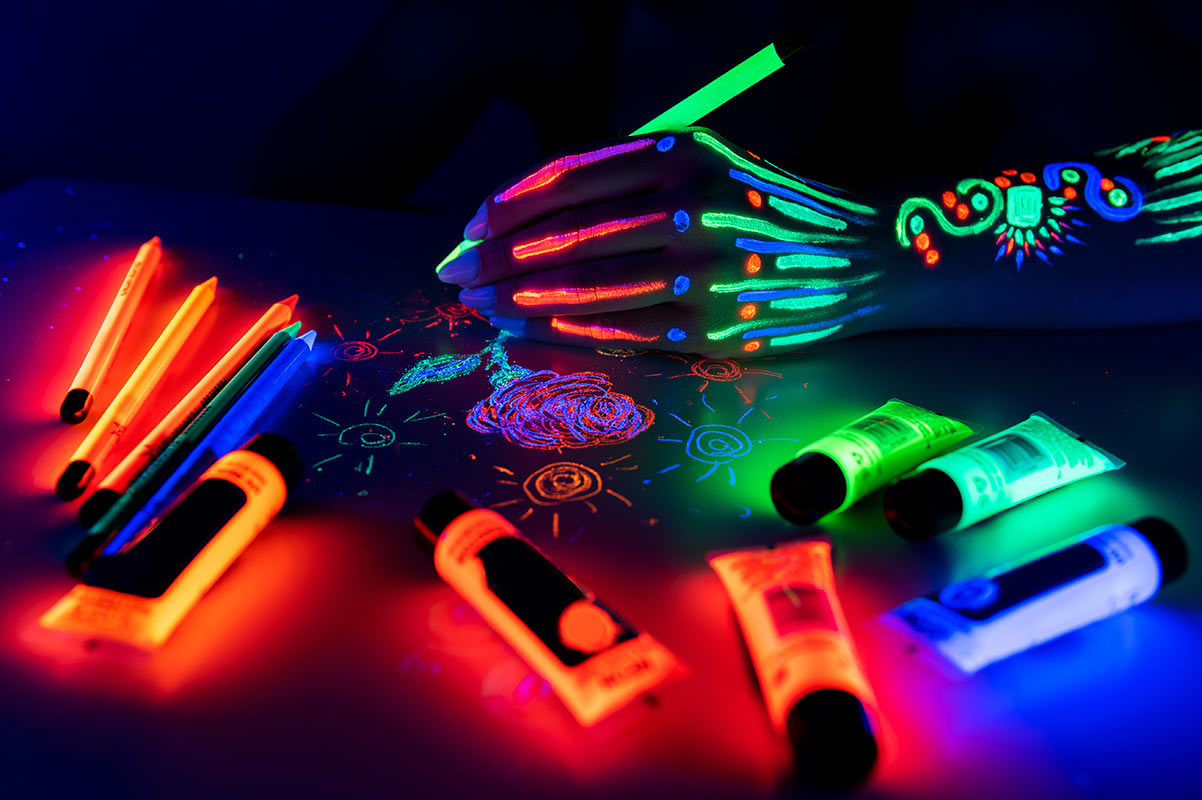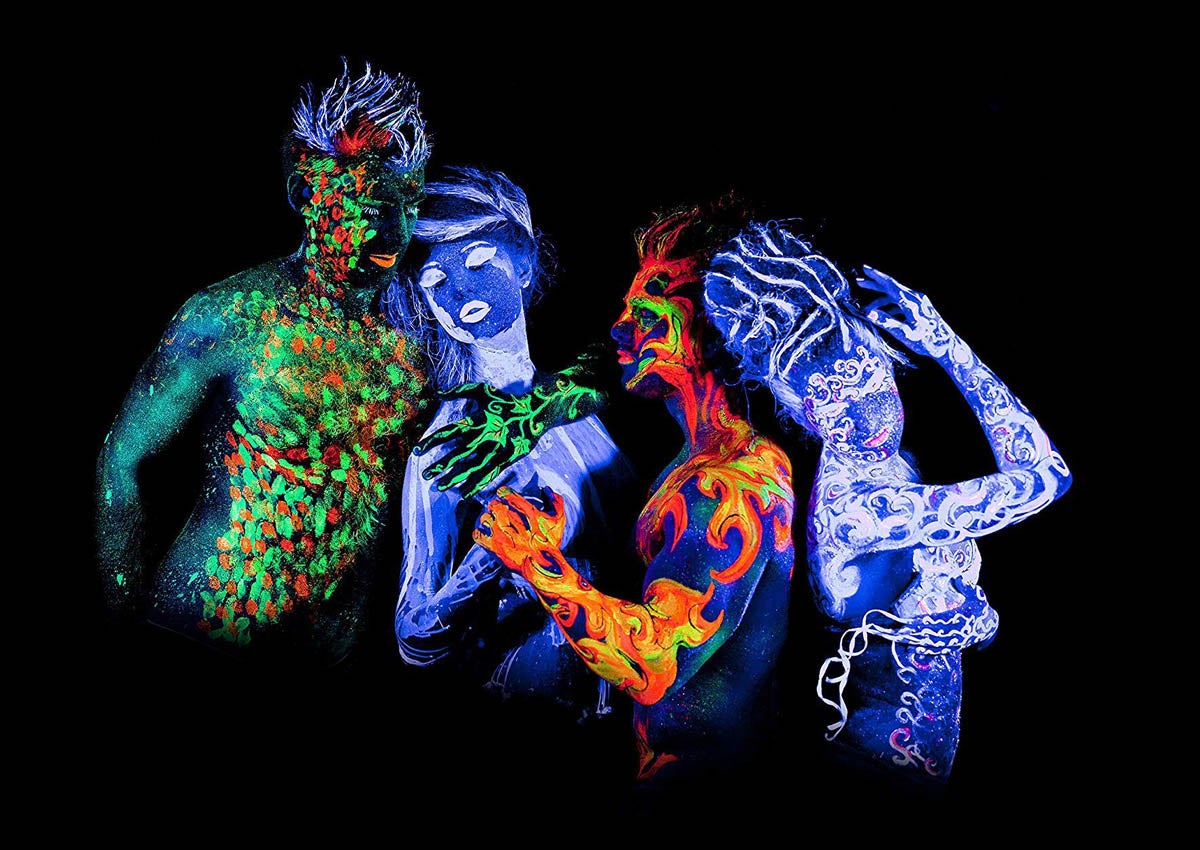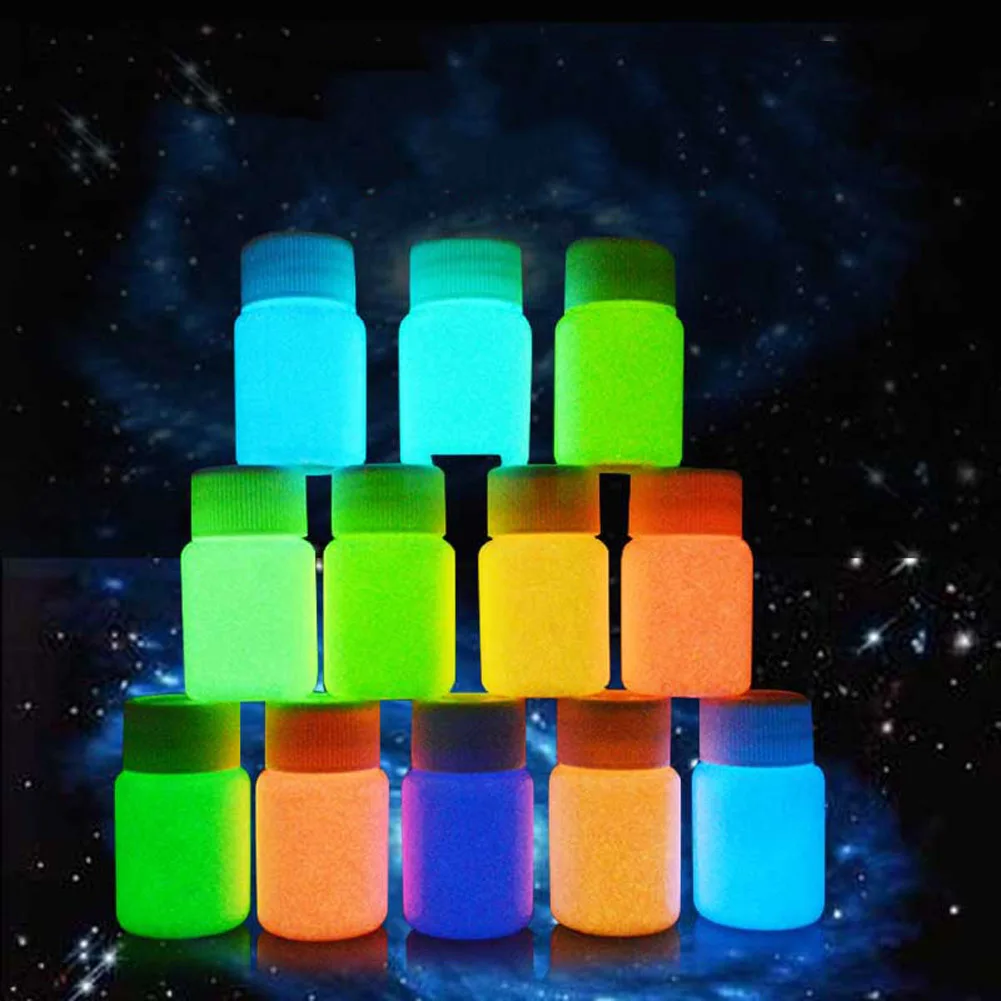

His company, The US Radium Corporation, extracted radium from carnotite ore for his paint, which was produced under the brand name 'Undark', and was a major supplier of radioluminescent watches to the military.

Radium paint was widely used for 40 years on the faces of watches, compasses, and aircraft instruments so they could be read in the dark, and Sochocky suggested in 1921 that, ‘….in time every house would have a room lighted entirely by radium’.

But because of the long 160-year half-life of the Ra-226 isotope, they retain radioactivity, and this can be detected with a Geiger counter. His paint also used zinc sulphide phosphor, which degrades relatively fast and loses luminosity after a time, and clock faces and other devices painted with it do not retain their ‘glow’. This was invented in 1908 by Dr Sabin Arnold von Sochocky and it incorporated radium-226. Nowadays, these paints are made using either zinc sulphide or strontium aluminate and are safe.īut there used to be another type of glow-in-the-dark paint - radioluminescent paint – that has a rather dark and more sinister background. Regular fluorescent paint would appear dark, but phosphorescent paint appears visible as it emits reflected light. When you charge up a phosphorescent paint, you expose it to UV and other light forms, and when in a dark room, it continues to emit the visible light for a long time. It needs to be ‘charged up’, and daylight or turning on the lamp will be all it needs. Rather than reflecting light back at you immediately, phosphorescent paint continues to reflect light back for a long time. Phosphorescent paint works similarly but slightly differently. Therefore fluorescent paints work well in concert halls and dark rooms. You have probably seen blacklights in crime scenes, where lights emit UV ‘black’ light, which is invisible to the naked eye, but when it falls onto a fluorescent paint, it reflects brightly so you can see it. There’s a third – but we’ll come to that later.īriefly explained, fluorescent paint absorbs invisible UV light, but then emits it again as visible light at a shorter wavelength, reflecting light back at you in a visible wavelength.
Glow in the dark paint skin#
What makes those stickers for children’s rooms, or painted on performers’ skin in theatre productions, actually glow? There are two sorts of glowing paint - the first, blacklight paint, is technically called fluorescent paint.


 0 kommentar(er)
0 kommentar(er)
